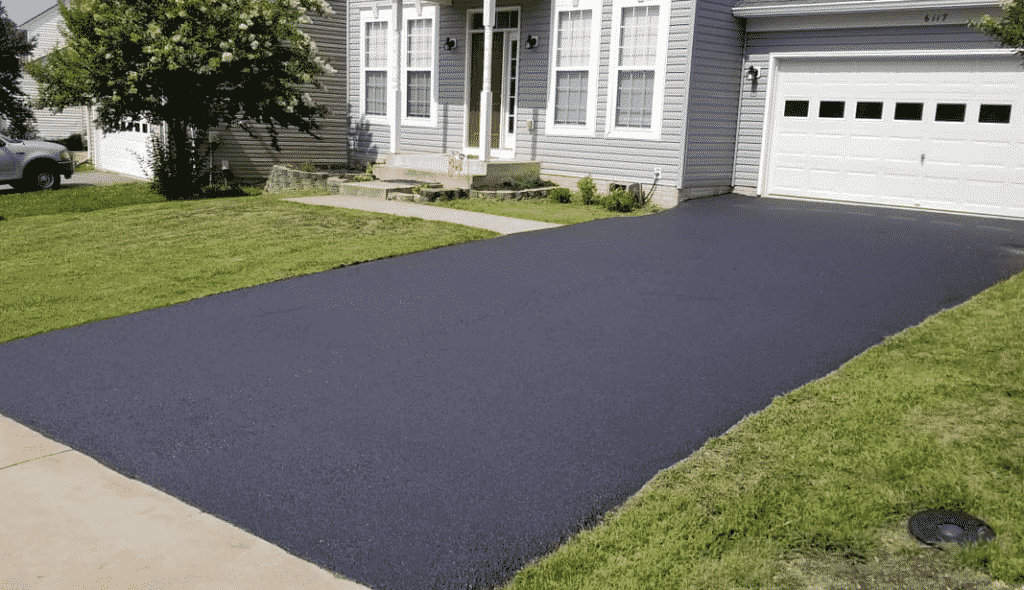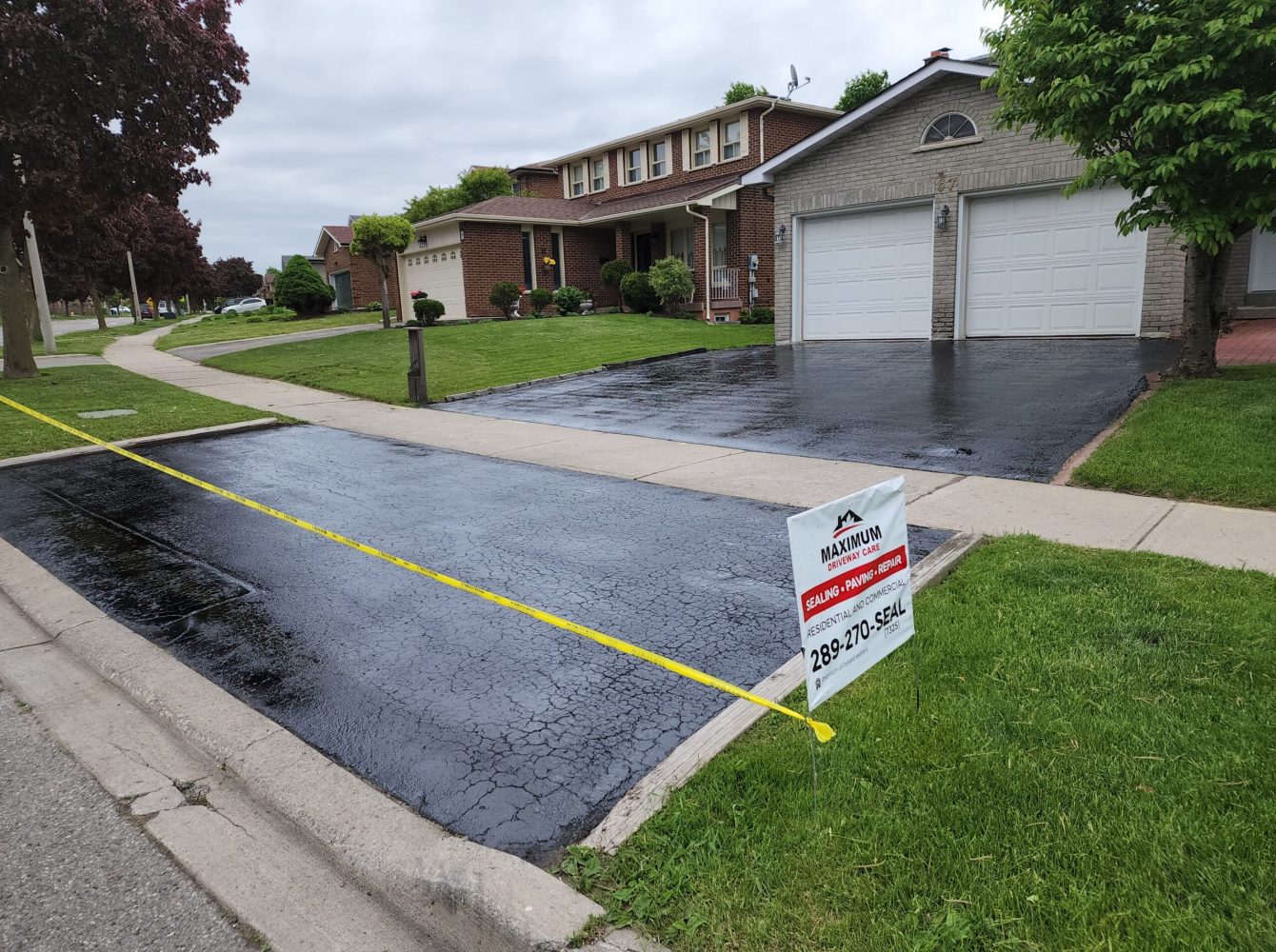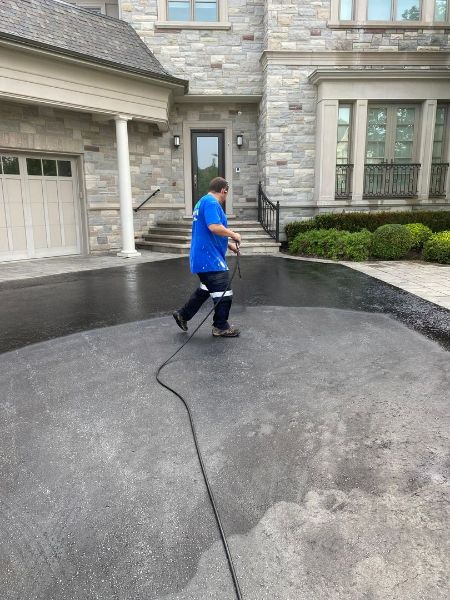Warm Mix Asphalt: A Sustainable Option for Pavement
Hot Mix Asphalt (HMA) has emerged as a leading sustainable choice for sidewalk options, providing a myriad of innovative modern technologies and ecological benefits. As the need for environmentally friendly building and construction techniques grows, checking out the subtleties of HMA's sustainability can offer important insights into the future of sidewalk options.
Ecological Benefits of Warm Mix Asphalt

Moreover, Warm Mix Asphalt assists to alleviate city warm island results. Its dark shade soaks up sunshine, reducing the quantity of heat showed back into the atmosphere contrasted to lighter-colored pavements. This can decrease ambient temperatures in urban locations, decreasing the demand for a/c and ultimately lowering energy intake.
Additionally, Warm Mix Asphalt adds to enhanced stormwater monitoring. Its porous nature enables water to recharge and penetrate the pavement groundwater supplies, decreasing drainage and the risk of flooding. These ecological benefits make Warm Mix Asphalt a lasting choice for paving freeways and roadways.
Energy Efficiency in HMA Manufacturing
Is energy performance a crucial aspect in the manufacturing of Hot Mix Asphalt (HMA)? Power plays a substantial duty in the production of HMA, impacting both expense and environmental sustainability. One essential element of energy efficiency in HMA manufacturing is the use of cozy mix asphalt (WMA) technologies.
In addition, developments in plant innovations have actually led to even more energy-efficient HMA manufacturing procedures. Modern plants are made with features like recycled asphalt sidewalk (RAP) handling abilities, reliable heater systems, and boosted insulation, all adding to energy savings. By optimizing energy use in HMA manufacturing, the sector can decrease its carbon footprint while preserving premium pavement materials. Energy performance is, for that reason, a vital consideration in guaranteeing the sustainability of Warm Mix Asphalt manufacturing.
Recyclability of Warm Mix Asphalt
The recyclability of Warm Mix Asphalt (HMA) is a critical aspect of its sustainability and long-lasting environmental effect. HMA is one of one of the most recycled materials in the USA, with over 100 million lots of reclaimed asphalt pavement (RAP) being recycled each year in new sidewalk building. Reusing HMA provides numerous ecological advantages, such as minimizing the need for virgin materials, lowering energy consumption throughout manufacturing, and lowering the quantity of waste sent to land fills.
The procedure of recycling HMA involves grating the existing sidewalk, squashing it right into smaller sized pieces, and mixing it with new aggregate and asphalt binder to produce a recycled mix. This recycled mix can usually do as well as or also better than standard HMA, while calling for less raw products and generating reduced greenhouse gas emissions. By integrating RAP into brand-new pavement projects, road companies can preserve natural deposits, minimize expenses, and decrease the environmental footprint of road construction and maintenance activities. Overall, the recyclability of HMA plays a significant duty in promoting lasting methods within the pavement market.

Long-Term Efficiency of HMA
Asphalt pavements show toughness and resilience over a prolonged period, mirroring the long-lasting efficiency of Warm Mix Asphalt (HMA) The longevity of HMA can be credited to its ability to stand up to hefty website traffic tons, harsh weather condition problems, and the effects of aging. Studies have shown that well-designed and effectively constructed HMA pavements can last for twenty years or more with routine upkeep. The secret to taking full advantage of the long-lasting performance pop over here of HMA depends on utilizing high-grade products, following finest practices in building, and carrying out reliable maintenance methods. Proper water drainage, routine examinations, and prompt repair services are vital for protecting the architectural integrity of HMA sidewalks with time. In addition, innovations in HMA modern technology, such as using polymer-modified binders and warm mix asphalt, have additionally improved the toughness and long life of HMA sidewalks. By prioritizing high quality building and maintenance methods, HMA remains to verify itself as a sustainable and cost-efficient remedy for durable sidewalk facilities.

HMA: Longevity and Sustainability
Demonstrating both toughness and sustainability, Warm Mix Asphalt (HMA) has actually come to be a foundation in the construction of long-lasting pavement facilities - hot mix asphalt. HMA's resilience comes from my blog its capacity to withstand hefty loads, severe weather, and high web traffic volumes, making it a trustworthy selection for roads, highways, and airport paths. The composition of HMA, which commonly consists of accumulations, binder, and filler, plays a vital duty in boosting its longevity and resistance to tear and use
Furthermore, HMA's sustainability depends on its recyclability and energy-efficient manufacturing process. The ability to reuse recovered asphalt sidewalk (RAP) in new HMA blends minimizes the demand for virgin products and decreases the environmental effect of sidewalk construction and maintenance. Furthermore, the power performance of creating HMA hinges on its reduced mixing temperature levels compared to various other sidewalk products, resulting in minimized power consumption and greenhouse gas discharges.
Final Thought
Finally, warm mix asphalt (HMA) provides a lasting solution for pavement with its eco-friendly attributes. HMA's recyclability, power efficiency in production, and long-term resilience make it an eco-friendly choice for roadway building and construction. By conserving natural deposits, decreasing waste, and decreasing greenhouse gas discharges, HMA plays an essential role in advertising sustainability in framework growth. Its ability to minimize urban heat island effects even more highlights its value in producing ecologically mindful and durable pavement systems.
HMA is one of the most recycled products in the United States, with over 100 million loads of redeemed asphalt sidewalk (RAP) being recycled every year in brand-new pavement building and construction.The procedure of reusing HMA entails milling the existing sidewalk, squashing it into smaller pieces, and blending it with brand-new aggregate and asphalt binder to create a recycled mix.Asphalt sidewalks show toughness and strength over an extended duration, reflecting the lasting efficiency of Warm Mix Asphalt (HMA) In addition, innovations in next page HMA technology, such as the use of polymer-modified binders and cozy mix asphalt, have actually even more enhanced the resilience and longevity of HMA sidewalks. The capacity to reuse reclaimed asphalt sidewalk (RAP) in new HMA blends reduces the need for virgin materials and minimizes the ecological influence of pavement building and maintenance.